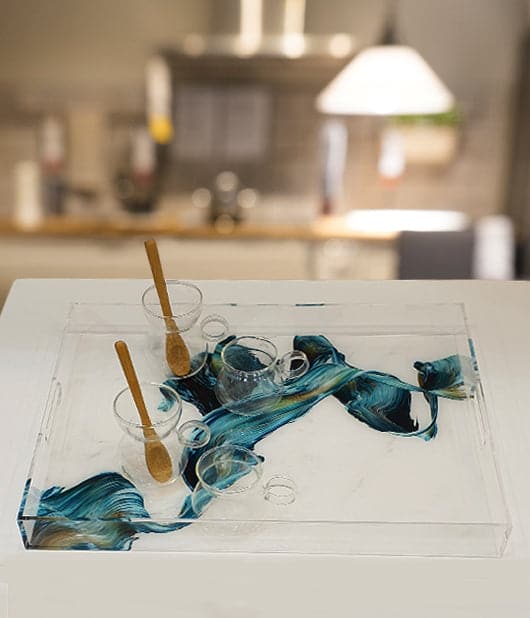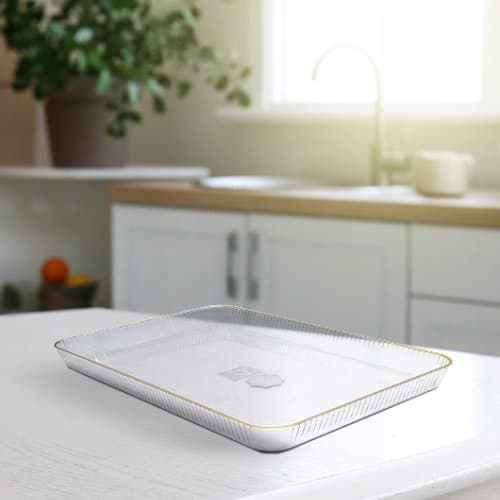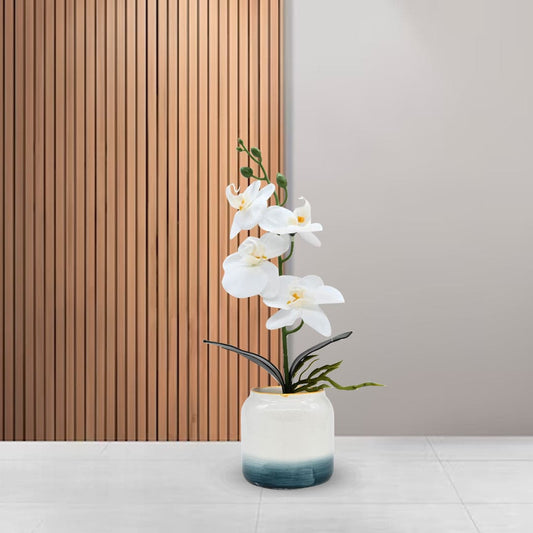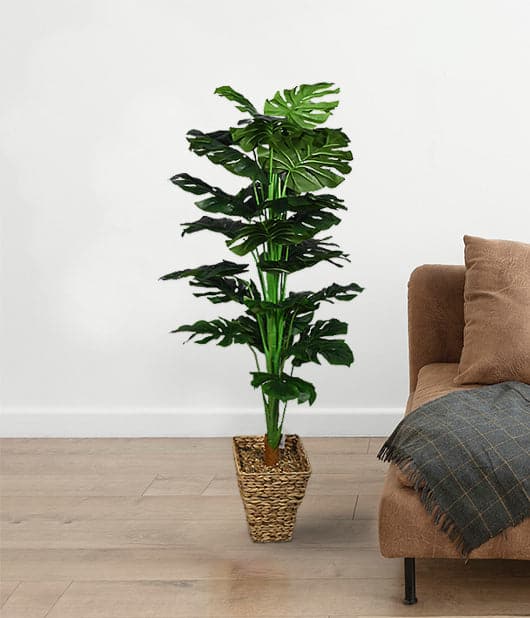Color Your World: Home Elegance's Guide to Choosing the Perfect Palette
When it comes to interior design, one of the most important and impactful decisions you can make is choosing the right color palette for your home. The colors you select can set the tone for each room, evoke emotions, and create a harmonious and inviting space. In this guide, Home Elegance will walk you through the process of selecting the perfect palette that complements your style and brings out the best in your living spaces.
Understanding the Psychology of Colors
Before we dive into the world of colors, let's explore the psychology behind them. Colors have a profound effect on our emotions and moods. For example, warm colors like red, orange, and yellow can evoke feelings of energy and warmth, while cool colors like blue and green tend to create a sense of calm and relaxation. Understanding these effects will help you choose the right colors for each room based on its purpose.

Analyzing Your Space and Lighting:
Before painting a single stroke, take a good look at your space and assess its natural lighting. Natural light can significantly influence how colors appear on your walls. Rooms with ample sunlight can handle darker or bolder shades, while dimly lit areas may benefit from lighter and more reflective colors. Consider the direction your rooms face, as north-facing rooms tend to have cooler lighting, while south-facing rooms receive more warm sunlight throughout the day.

Coordinating with Existing Elements:
Your home likely already has some fixed elements, such as flooring, furniture, and architectural features. When choosing a color palette, you'll want to ensure that the colors complement these existing elements. If you have wooden floors and trim, earthy tones or pastels could work well. In contrast, a modern and minimalistic setting might call for neutral and monochromatic colors to create a sleek atmosphere.
The Rule of Three:
A simple and effective technique for choosing colors is the "rule of three." Select three colors for your palette: a dominant color for the walls, a secondary color for accents, and a third color for small details. This approach adds depth and visual interest to your spaces while maintaining cohesion throughout the design.

Testing Swatches:
Once you've narrowed down your color choices, it's time to test swatches in your home. Paint small areas of each color on different walls and observe them at various times of the day. Colors can look different under different lighting conditions, so this step is crucial to ensuring you're satisfied with your choices.

Consider the flow:
When designing your home, think about how the colors will flow from room to room. Aim for a seamless transition as you move from one area to another. Consistent elements or complementary color tones can achieve this, creating a unified and harmonious look throughout your home.
Embrace trends sparingly.
While it's tempting to follow the latest color trends, remember that trends come and go. Opt for timeless colors for your walls and reserve trendy shades for easily replaceable items like throw pillows or artwork. This way, your home's foundation remains classic and adaptable to changing trends.

Personal Expression:
Your home should reflect your personality and style, so don't be afraid to inject a bit of yourself into the color palette. If you have a favorite color or a sentimental attachment to a specific hue, find creative ways to incorporate it into your design scheme.
Consider the ceiling:
The ceiling is often overlooked, but it can be an essential part of your color palette. While white is a standard choice, consider painting it a lighter shade of your wall color to create a more enveloping and cozier atmosphere. Alternatively, a darker ceiling can add drama and sophistication to a room.

The Power of Neutrals:
Lastly, don't underestimate the power of neutrals. Neutral colors like beige, gray, and taupe serve as a versatile backdrop, allowing you to experiment with different textures and accent colors. Neutrals can also make a small space appear larger and create a calming environment.

Conclusion
In conclusion, choosing the perfect color palette for your home is an exciting yet crucial task. Understanding the psychology of colors, analyzing your space, coordinating with existing elements, and using the rule of three will guide you in making the right choices. Remember to embrace trends sparingly, express your personality through your palette, and consider the often-neglected ceiling. Whether you prefer bold and vibrant or soft and muted colors, a well-thought-out color scheme will undoubtedly elevate the elegance and charm of your living spaces. Remember, choosing the right color palette is an art, and with Home Elegance's guide, you'll master this art with confidence. Happy decorating!













4 Comments
As someone who’s always been intimidated by color theory, I can’t express how grateful I m for this guide. Home Elegance ur step-by-step breakdown & real-life examples have made me see color selection in a whole new light. I’m actually excited to experiment with different palettes now. Thanks for demystifying this aspect of design…